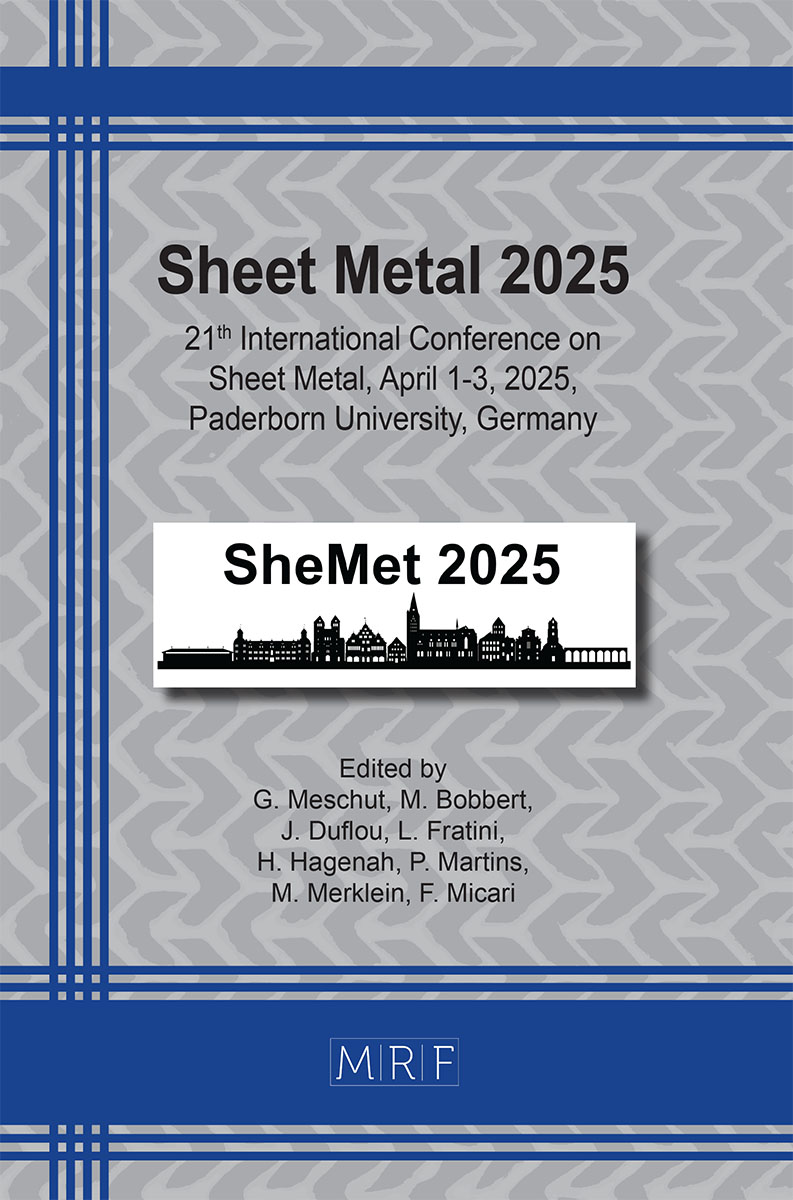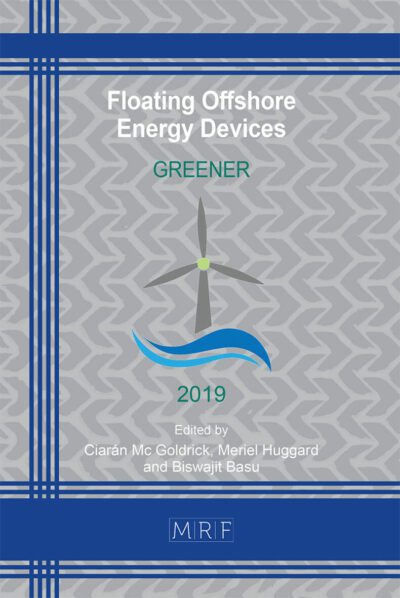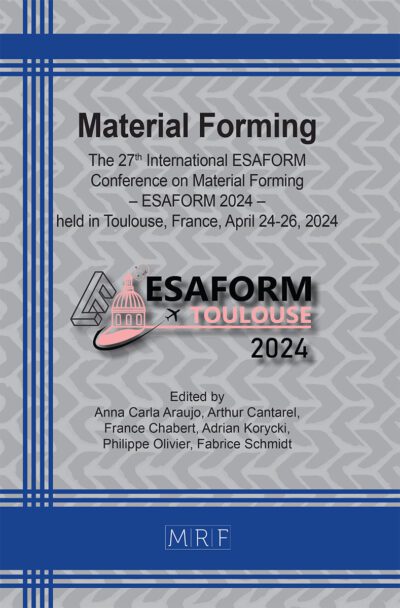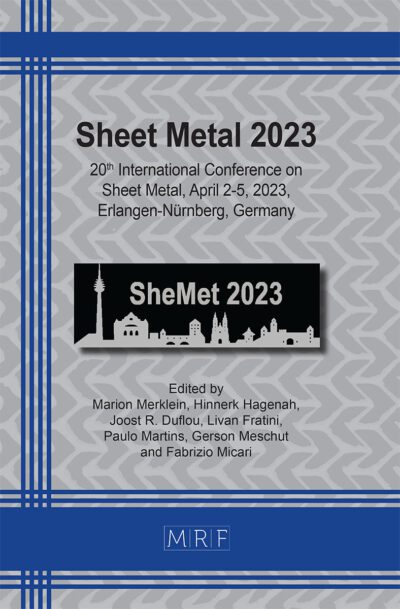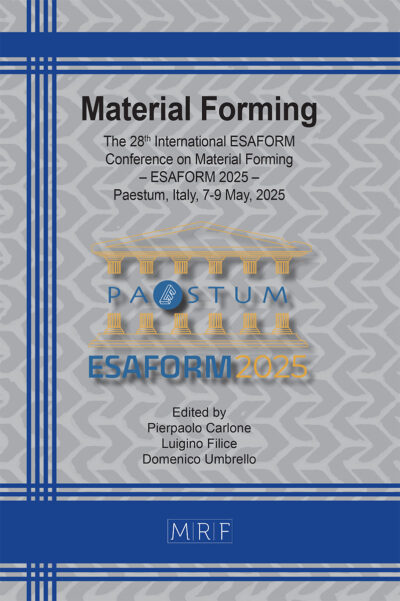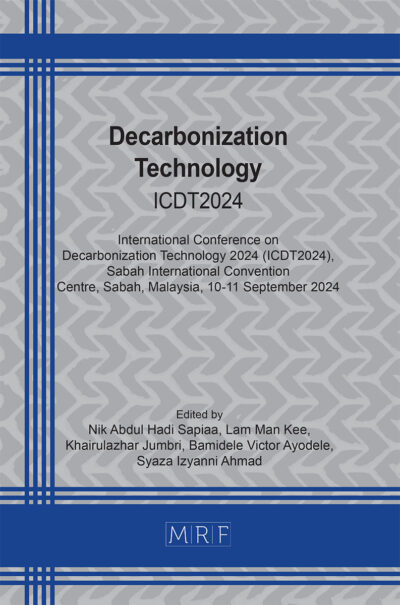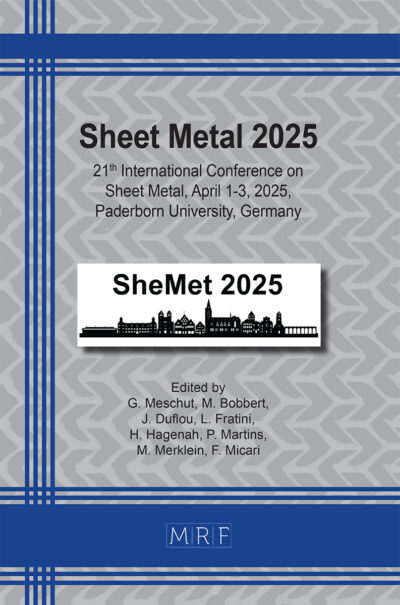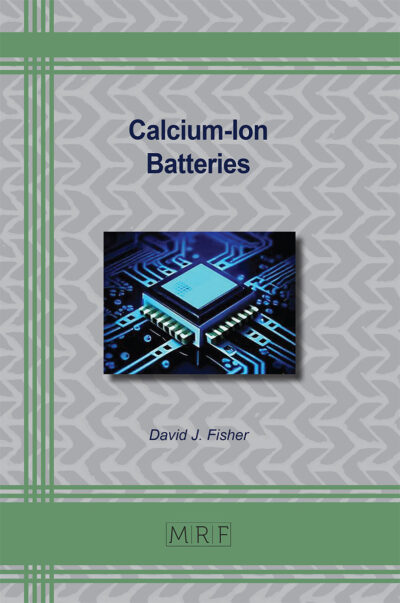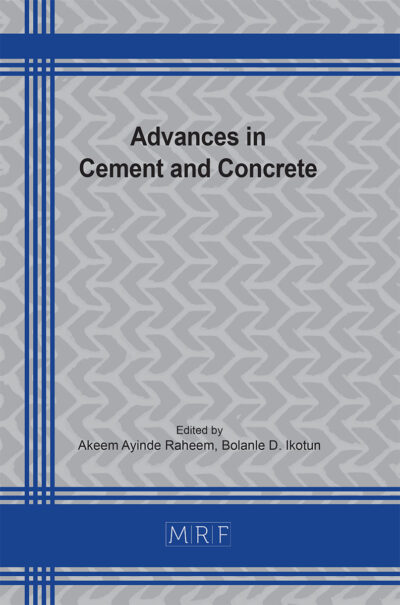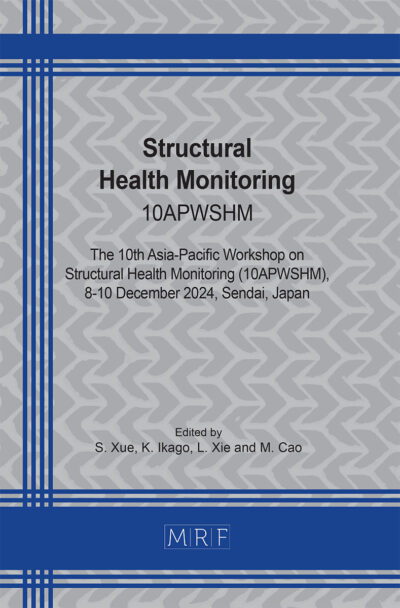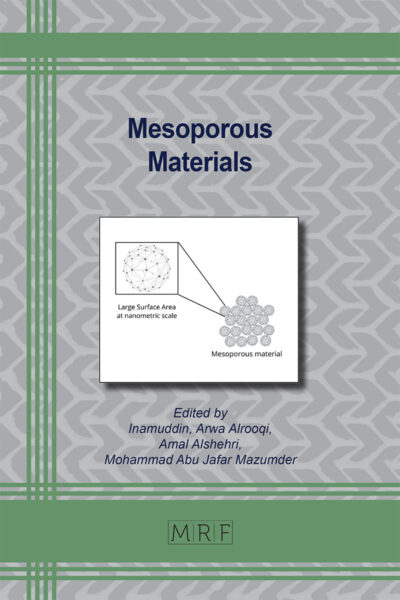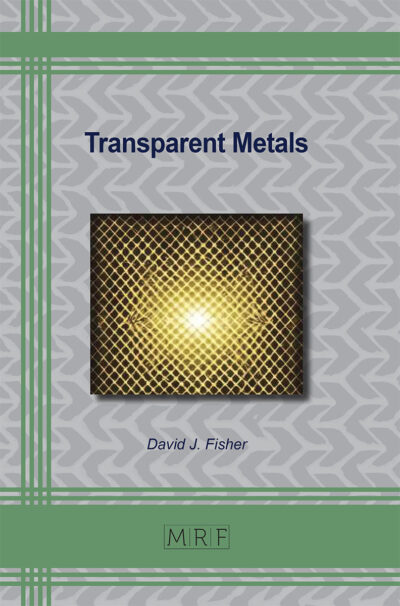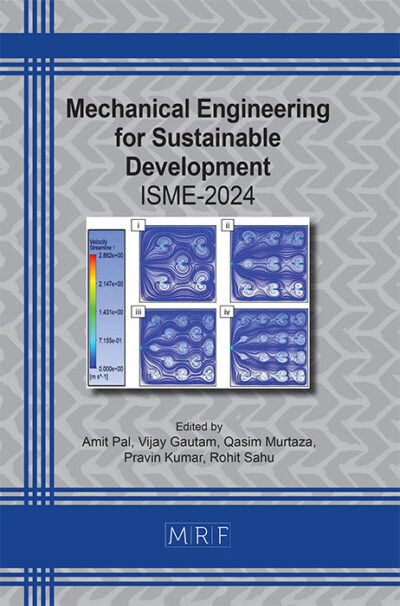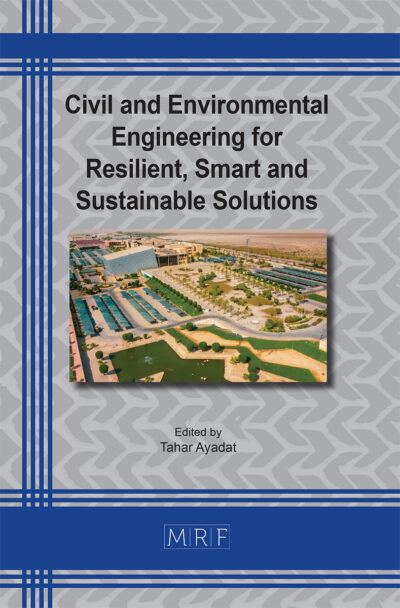Cost-effective repair solution for twin-roll-caster rollers
Martin Lauth, Kay-Peter Hoyer, Mirko Schaper, Winfried Gräfen
Abstract. Twin-Roll-Casting (TRC) is an energy- and cost-efficient process to produce near-net-shape aluminum strips. Due to the high affinity of molten aluminum to steel surfaces, those rollers show signs of wear throughout the rolling campaign. This leads to the necessity of restoring the worn surfaces to suitable parameters. The easiest way is to grind the surface till all superficial defects are omitted. However, the thickness of the roller is not endless, therefore the rollers must be replaced after a certain amount of surface reconditioning. This ultimately leads to the non-usability of the roller. This research shows a route to recondition the surface including the possibility of renewing worn-down surfaces with an energy- and cost-efficient high-velocity oxygen fuel (HVOF) treatment with subsequent grinding to the desired initial surface parameters.
Keywords
Metal Forming, Manufacturing, Twin-Roll-Casting
Published online 4/1/2025, 8 pages
Copyright © 2025 by the author(s)
Published under license by Materials Research Forum LLC., Millersville PA, USA
Citation: Martin Lauth, Kay-Peter Hoyer, Mirko Schaper, Winfried Gräfen, Cost-effective repair solution for twin-roll-caster rollers, Materials Research Proceedings, Vol. 52, pp 35-42, 2025
DOI: https://doi.org/10.21741/9781644903551-5
The article was published as article 5 of the book Sheet Metal 2025
![]() Content from this work may be used under the terms of the Creative Commons Attribution 3.0 license. Any further distribution of this work must maintain attribution to the author(s) and the title of the work, journal citation and DOI.
Content from this work may be used under the terms of the Creative Commons Attribution 3.0 license. Any further distribution of this work must maintain attribution to the author(s) and the title of the work, journal citation and DOI.
References
[1] A. Kundu, P. Biswas, A. Mallik and S. Das, Electromagnetic twin roll casting alloy sheets: an overview, JOM, Vol. 74, No. 12, 2022 https://doi.org/10.1007/s11837-022-05490-y
[2] Haraldsson, J; Johansson, M. (2018): Review of measures for improved energy efficiency in production-related processes in the aluminium industry – From electrolysis to recycling; Renewable & Sustainable Energy Reviews 93, S. 525-548 https://doi.org/10.1016/j.rser.2018.05.043
[3] M. Stolbchenko, Zwei-Rollen-Gießwalzen und thermomechanische Behandlung von dünnen Bändern aus der Aluminiumlegierung EN AW-6082, Dissertation 2021
[4] W. Püttgen, M. Pant, W. Bleck, I. Seidl, R. Rabitsch, C. Testani, Selection of Suitable Tool Materials and Development of Tool Concepts for the Thixoforging of Steels, steel research international: Volume 77, Issue 5, May 2006, pp. 342-348 https://doi.org/10.1002/srin.200606396
[5] T.S. Sidhu, S. Prakash, R.D.Agrawal, State of the Art of HVOF Coating Investigations-A Review; Marine Technology Society Journal, Volume 39, Number 2, Summer 2005, pp. 53-64(12) https://doi.org/10.4031/002533205787443908
[6] Sino Steel Engineering & Equipment Co. Ltd: Walzenachsen. http://www.sinosteelrolls.com/product/277291192
[7] M. Yun, S. Lokyer, J.D. Hunt, Twin roll casting of aluminium alloys. Mater. Sci. Eng. A 280, 116-123 (2000) [4] R.J. Ong, J.T. Dawley and P.G. Clem: submitted to Journal of Materials Research (2003) https://doi.org/10.1016/S0921-5093(99)00676-0
[7] DIN EN 602, 2004/07
[8] DIN EN ISO 11607, 2024/02
[9] M. Dündar, B. Beyhan, O. Birbaşar, H. M. Altuner & C. Işıksaçan, Surface Crack Characterization of Twin Roll Caster Shells and Its Influence on As-Cast Strip Surface Quality, Light Metals 2013, pp. 491- 495 https://doi.org/10.1007/978-3-319-65136-1_84
[10] https://novelispae.com/twin-roll-casting-machine/
[11] American Society of Materials. “Introduction to Thermal Spray Processing,” Handbook of Thermal Spray Technology, ASM International, Cleveland, Ohio, 2004
[12] S. Amin, H. Panchal, A Review on Thermal Spray Coating Processes, International Journal of Current Trends in Engineering & Research (IJCTER), Volume 2 Issue 4, April 2016 pp. 556 – 563

